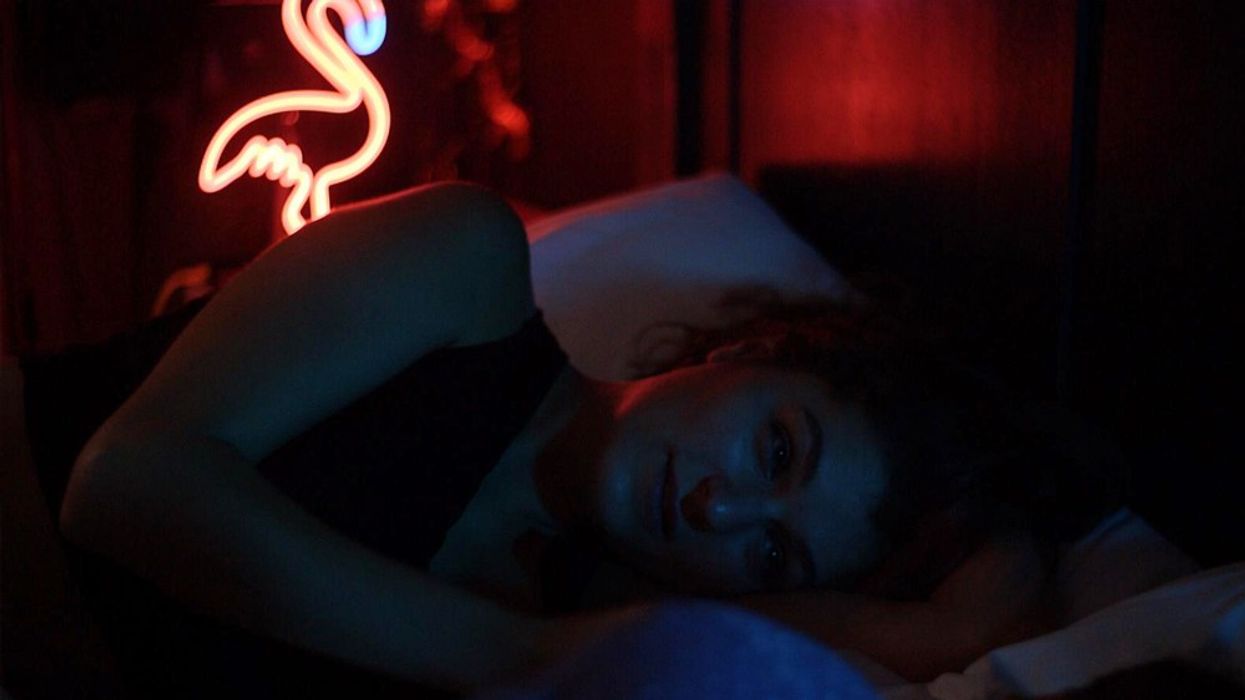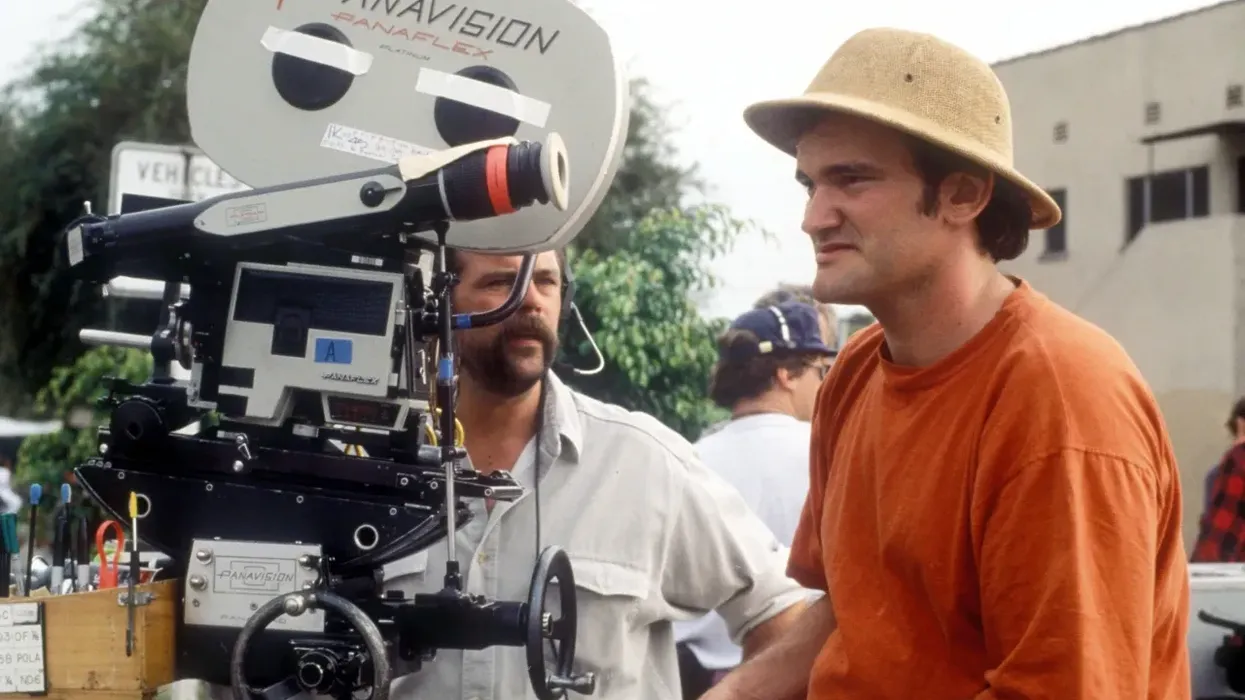Here's What I Learned While Shooting My $300 Short 'Milkrun'
There are ways you can stay creative with little to no money.

To all the filmmakers who are stuck in their homes, feeling the effects of the worldwide pandemic—you can still be creative.
As an independent filmmaker, I just completed shooting Milkrun, a short film with a very slim budget of $300 (£250). It was done with little gear, no crew or lighting—outside of practical and natural sources.
Milkrun is an (almost) silent film that was shot during the first U.K. lockdown in March 2020. The entire production was done within government safety guidelines with three actors and me as the only crew.
To capture the story, I found a Canon EOS M off eBay for $120 (£100) that came with a tripod and a monitor for $73 (£60).
Like other No Film School readers, I haven’t gone to film school, nor am I a DoP (I honestly didn’t know what exposure was until about six months ago). I wrote, shot, edited, and graded the entire project myself.
So let’s get into how I overcame these obstacles, and how you can too.
During the lockdown, there was the rule of six in the U.K., meaning, no more than six people were allowed together outside or indoors. So, I needed to write something that would use limited talent and crew. I thought it would be best to make a silent film locally shot.

The next issue was the equipment. How am I going to shoot it? Can I rent an ARRI? A Canon? Or maybe even a Blackmagic camera? I didn’t have much money, so I researched what was available and found the Canon EOS M.
The camera has an 18MP APS-C sized sensor and can shoot full HD. What drew me to it was the ability to use Magic Lantern RAW with it.
This idea was inspired by YouTuber Zeek, and other creators who have been experimenting with the setup and producing some quality images.
For those of you who don’t know, Magic Lantern is a hack you can download for older Canon cameras that allows them to shoot 14-bit 2.5K RAW. In the past, it’s been discouraged because of its unreliability and generally being quite difficult to use. However, with recent developments in the software and a dedicated community of developers, this has all changed.
So along with the camera, a cheap $30 (£25) Makinon lens, a tripod, and my monitor, I was off.
I wanted the opening shot to be a long tracking shot from the man’s house to the store. The issue with a small camera is image stability. A gimbal wasn’t part of the budget, so I made my own tripod hack.

Based on this video, I changed it so that you simply spread the legs of the tripod out as if it's on the ground, then picked it up and moved it. The combination of weight and spread gives you stability and makes the image look like you're using a much bigger camera. I also used the technique in another short.
After everything had been shot, and I had completed a rough edit, I called up some talented musicians I knew and asked if they'd be interested in composing for the film. They were keen and we recorded the music in one of their garages while still following the rule of six.
The project had all been very exciting to me. Following the “low-fi” filmmaking model, I was able to learn about the entire filmmaking process. It allowed me to write, shoot, and edit what I wanted and how I wanted despite the pandemic restrictions. You can too.

I know this type of project won’t make it into festivals, but it’s a way to stay creative and create rules to follow while filming. The idea is to keep making movies, keep practicing, keep learning, and keep finding things that inspire you.
There are tools available that allow you to create high-quality looking productions without spending a lot of money on equipment. That is, I think, awesome.
What did you learn while shooting your first project? Tell us in the comments below.











